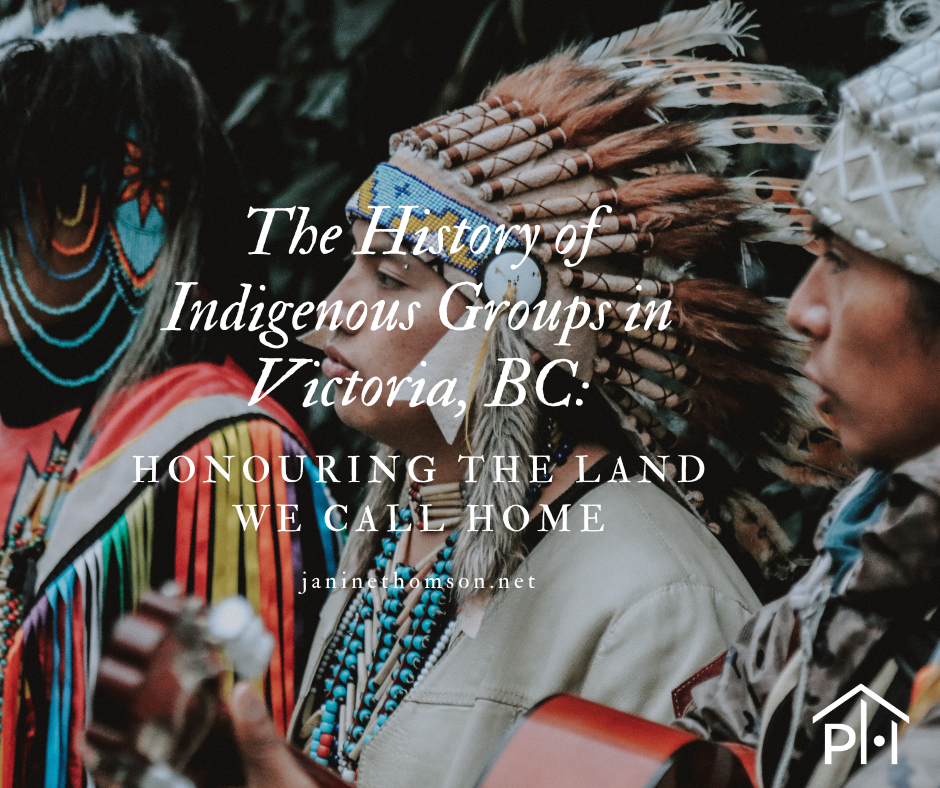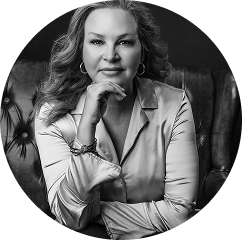

Before modern roads, real estate, and high-rise buildings, the land we now call Victoria, BC, was home to Indigenous peoples whose connection to this region stretches back thousands of years. As we walk the streets of Victoria or explore its breathtaking coastal beauty, it's essential to acknowledge the rich and complex history of the First Peoples of this land.At Victoria Homes Search, we believe in recognizing and respecting the deep roots of the communities that have always called this land home. Here’s a look into the Indigenous history of Victoria and the surrounding region.
Who Are the Indigenous Peoples of Victoria?
Victoria is located on the traditional territory of the Lekwungen-speaking peoples, which includes:- The Songhees First Nation
- The Esquimalt First Nation
A Land of Abundance
For thousands of years, the Lekwungen people lived in harmony with the land and waters of southern Vancouver Island. They thrived in seasonal cycles—fishing for salmon, harvesting shellfish, gathering camas bulbs, and trading with neighbouring nations.Their villages were strategically located along the coast and rivers, including areas we know today as:- Cadboro Bay
- Gonzales Hill
- Clover Point
- Beacon Hill Park (originally a significant ceremonial site)
The Impact of European Contact
The 18th and 19th centuries brought explorers, fur traders, missionaries, and eventually settlers. With the arrival of the Hudson’s Bay Company in 1843, Fort Victoria was established, which drastically altered the lives of the Indigenous populations.The introduction of European diseases like smallpox, along with land dispossession, colonial policies, and the Indian Act (1876), had devastating effects on Indigenous populations and their ways of life.The Douglas Treaties
Between 1850 and 1854, colonial governor James Douglas signed a series of land agreements with Indigenous groups on Vancouver Island, including the Songhees and Esquimalt Nations. These treaties—now known as the Douglas Treaties—were supposed to secure land for settlers while allowing Indigenous groups to retain their rights to hunt, fish, and gather.However, the interpretation and enforcement of these treaties have been subjects of ongoing legal disputes and reconciliation efforts, as the terms were often misunderstood, misrepresented, or ignored.The Resilience of the Songhees and Esquimalt Nations
Despite colonial pressures, the Songhees and Esquimalt Nations have remained strong and resilient. They have upheld their traditions, languages, and governance systems while navigating the challenges of colonization.Today, both Nations are actively engaged in:- Cultural revitalization
- Land stewardship and environmental protection
- Economic development and tourism
- Education and community health initiatives
Acknowledging the Land and Looking Forward
Many local institutions and schools now begin meetings and events with land acknowledgements, such as:“We acknowledge and respect the lək̓ʷəŋən peoples on whose traditional territory Victoria stands, and the Songhees and Esquimalt Nations whose historical relationships with the land continue to this day.”As residents, homebuyers, and sellers in Victoria, it’s important to remember we are all living on unceded traditional territory. Understanding and respecting this history helps build more inclusive, informed, and compassionate communities.Why It Matters in Real Estate
Knowing the land's history isn’t just about honoring the past—it shapes how we value and interact with our surroundings today. Many buyers appreciate learning about the cultural and historical context of a region. At Victoria Homes Search, we proudly support continued learning, truth, and reconciliation.If you're moving to Victoria, we encourage you to take time to understand the traditional stewards of the land and support Indigenous-owned businesses, artists, and organizations.Final Thoughts
Victoria’s natural beauty has been nurtured for thousands of years by the Lekwungen peoples and their descendants. As we build new homes and communities here, let’s also build bridges of understanding, respect, and honour.Local Indigenous Resources, Events & Organizations
If you're interested in learning more, supporting, or getting involved, here are some valuable Indigenous-led groups and resources in Victoria and across Vancouver Island:Educational & Cultural Resources
- Royal BC Museum – First Peoples Gallery
Explore permanent exhibits on Indigenous culture and history, including the voices of local Nations.
royalbcmuseum.bc.ca - University of Victoria – Indigenous Studies & Centre for Indigenous Research and Community-Led Engagement (CIRCLE)
Offers educational programs and community events focused on reconciliation and Indigenous knowledge.
uvic.ca - The Songhees Nation Cultural Centre
A space dedicated to the celebration of Songhees culture, history, and art.
Organizations & Artists
- Open Space Gallery – Indigenous Art Programs
A Victoria-based contemporary art gallery showcasing Indigenous art through exhibitions and events.
openspace.ca
Community Groups & Services
- Songhees Nation
songheesnation.ca - Esquimalt Nation
esquimaltnation.ca - Island Métis Family & Community Services
Offers culturally safe services to Métis individuals and families across Vancouver Island.
metisnationbc.ca - Victoria Native Friendship Centre
Provides programs and support for urban Indigenous peoples, including youth programs, cultural workshops, and family services.
vnfc.ca
Annual Events to Attend
- National Indigenous Peoples Day – June 21st
Celebrate with cultural performances, traditional foods, music, and storytelling at events across Victoria. - Songhees Nation Paddle Festival
A celebration of traditional canoe culture, hosted along the Inner Harbour with races, food vendors, and ceremony. - Orange Shirt Day – September 30th
Honours Residential School Survivors and promotes healing, education, and reconciliation.

